Lourmarin - A Lovely Town in Provence That, Like a Phoenix, Has Always Been Reborn
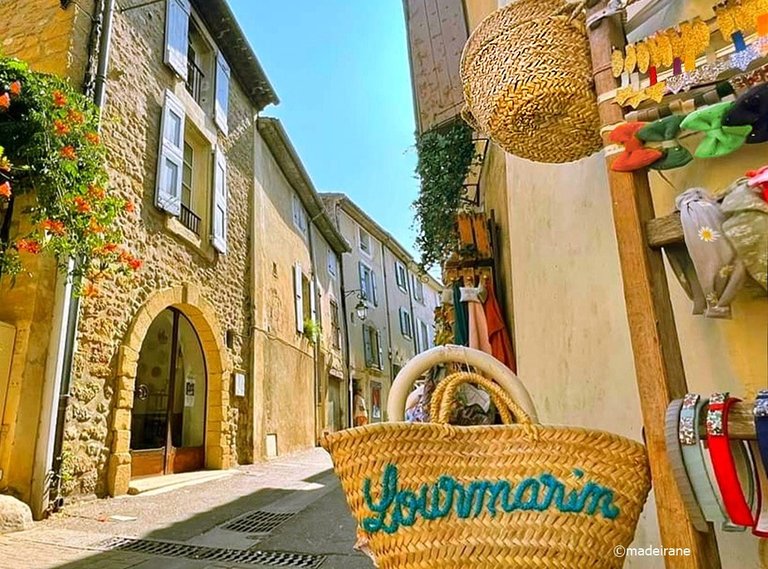
Today I want to introduce you to another cute town in the Vaucluse department in the South of France, Provence region, called Lourmarin. I will also show you the castle of the same name, which we visited. I have already written a lot about the amazing cities of Provence and showed you photographs, but Lourmarin I left for dessert, because I really liked it.
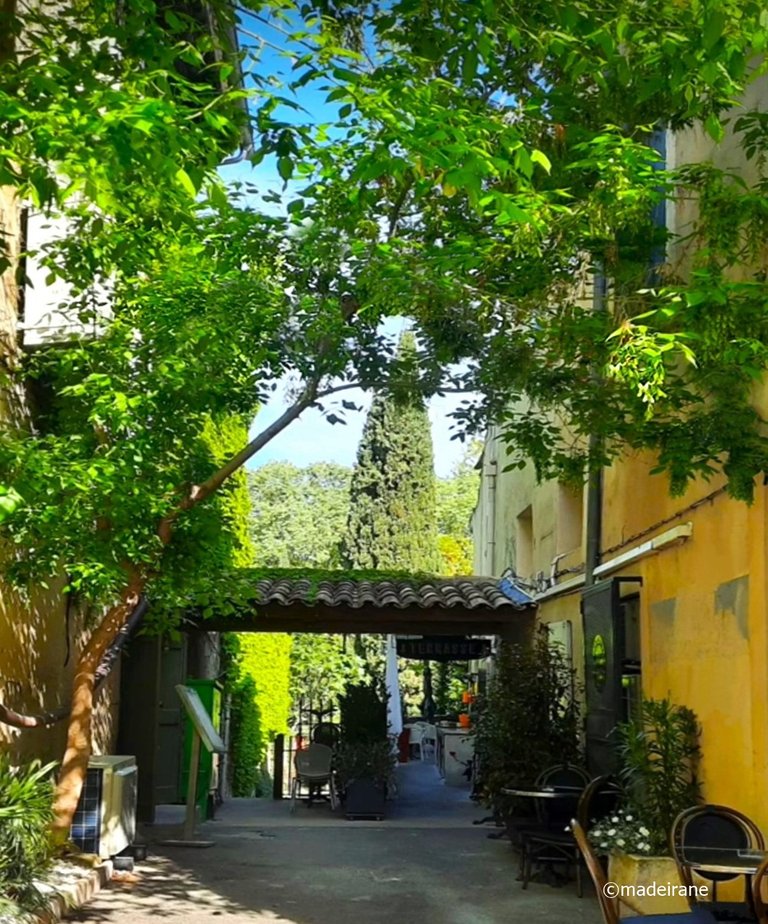
In general, summing up the results of the trip now, I can’t say that I didn’t like anything there. All the small towns and villages captivated me, and they took a place in my heart. And if I have the opportunity, I will definitely come back here again and visit places I haven’t been before and visit places I’ve already been to.


The small town of Lourmarin is officially part of the "most beautiful villages in France" association. For this alone, it is worth visiting this city.
Moreover, there is a well-preserved castle, although now, it is slightly modified, but it has survived to this day. So, you can visit not only the city, but also Lourmarin castle too. We visited it as we have a big weakness for castles. Funny, but Lourmarin castle for years is considered cursed. The locals did not really like it.
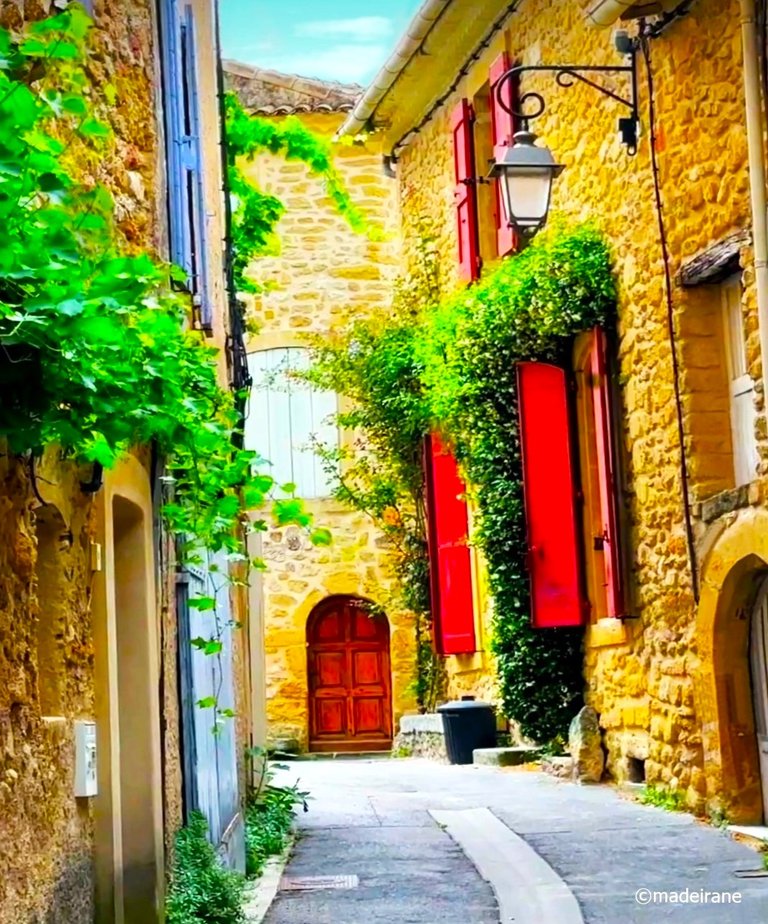
This is what a small beautiful town in Provence called Lourmarin looks like. The history of this city, like all typical cities in this region, is always the same. The city arose thanks to the castle-fortress. Since the owners of the castle needed servants and staff to live with all the amenities. And the more the owner of the castle prospered, and the castle had some significance in his life, the larger the village-town was within its walls and around them. And as you know, in the Middle Ages, rich families had various estates and their love for certain castles led to the owners spending more time there. That is why the city nearby grew and prospered. But as soon as the castle fell into disrepair, the city withered away and was sometimes wiped off the face of the earth.
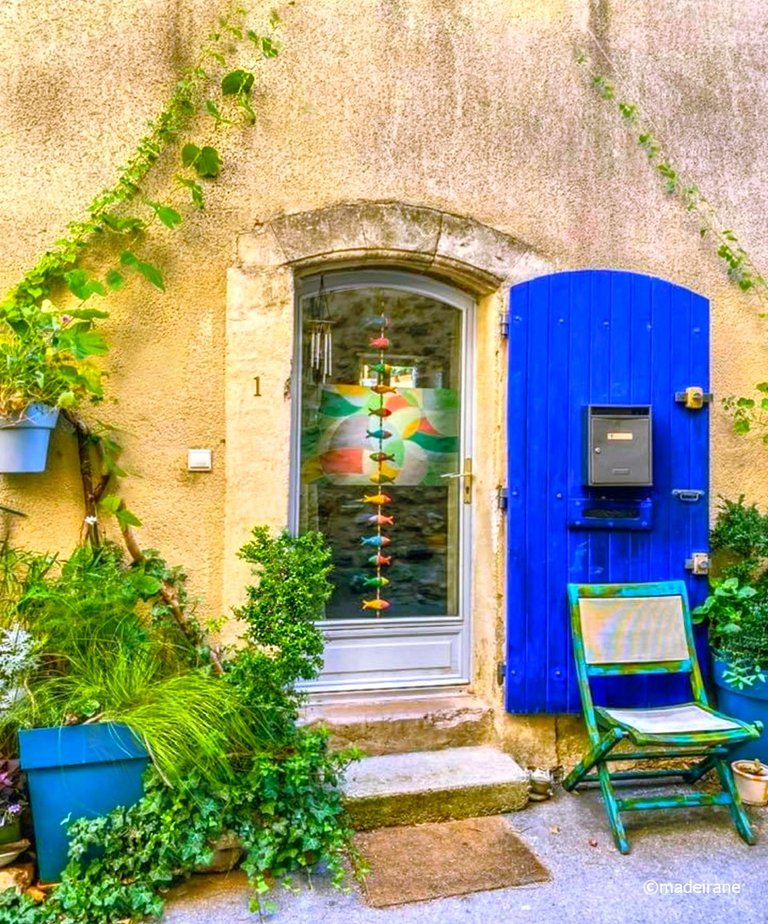
What makes this city distinctly different from other cities in the region? The fact that it is located on a plain at the foot of a mountain, and not on a mountain, where castles were usually built, and military fortifications were made. More precisely, I would say the city is located on a small hill, and the castle is located nearby, on another hill, a little higher.
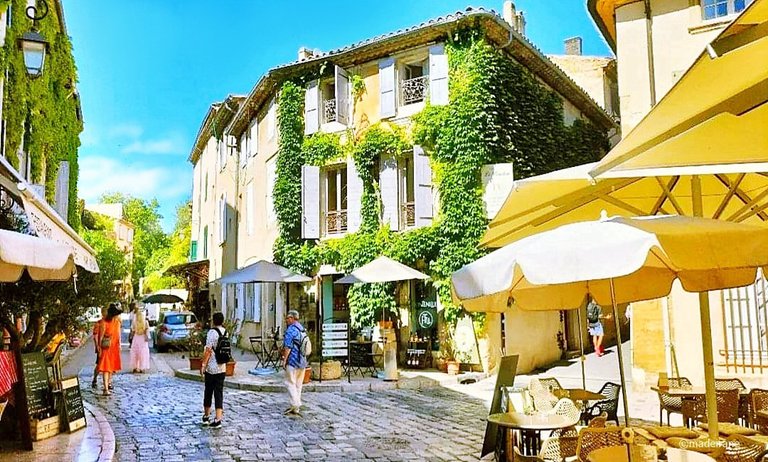
As soon as you enter Lourmarin, you immediately realize that you are in a typical Provence town. When we were preparing our trip, it seemed to me that we were in vain putting so many identical towns of one region on the list of mandatory visits, that we would get bored with them, and we would get tired of their sameness. But what is most surprising is that all cities are not similar to each other, although at first glance, they are externally similar, they are all different and each has its own atmosphere, which is remembered in a special way.
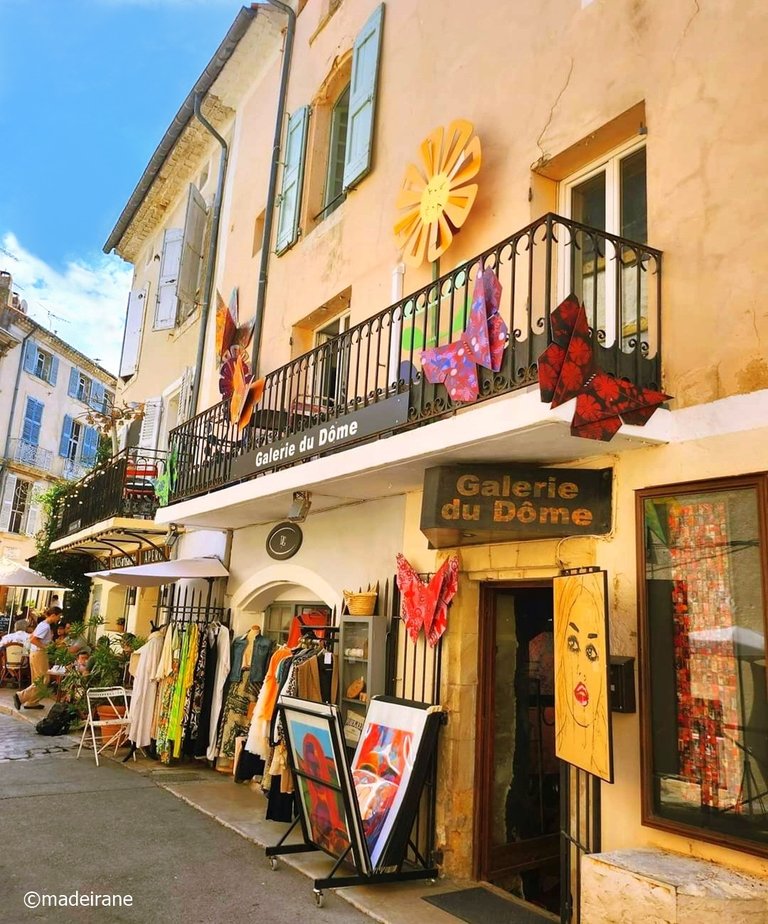
But before seeing the city, we decided to first visit Lourmarin castle, and then devote the rest of our time to the city. This is what the castle looks like today. It has survived well to this day, although much of it has been restored.
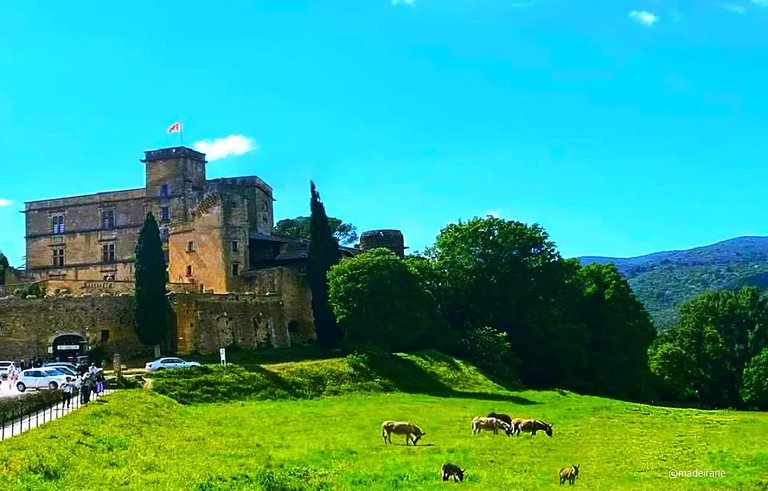
Today, of course, city residents everywhere use the name of the castle to attract tourists, since the city lives off tourism. There are tourists in the city itself, but not so many, unlike other cities where we have been.
The town itself is very cute; walking along these small streets is a pleasure. By the way, the town is not so small and every year its population grows, but does not fit in, and over the past 500 years it has almost doubled. Now more than 1000 people live here.
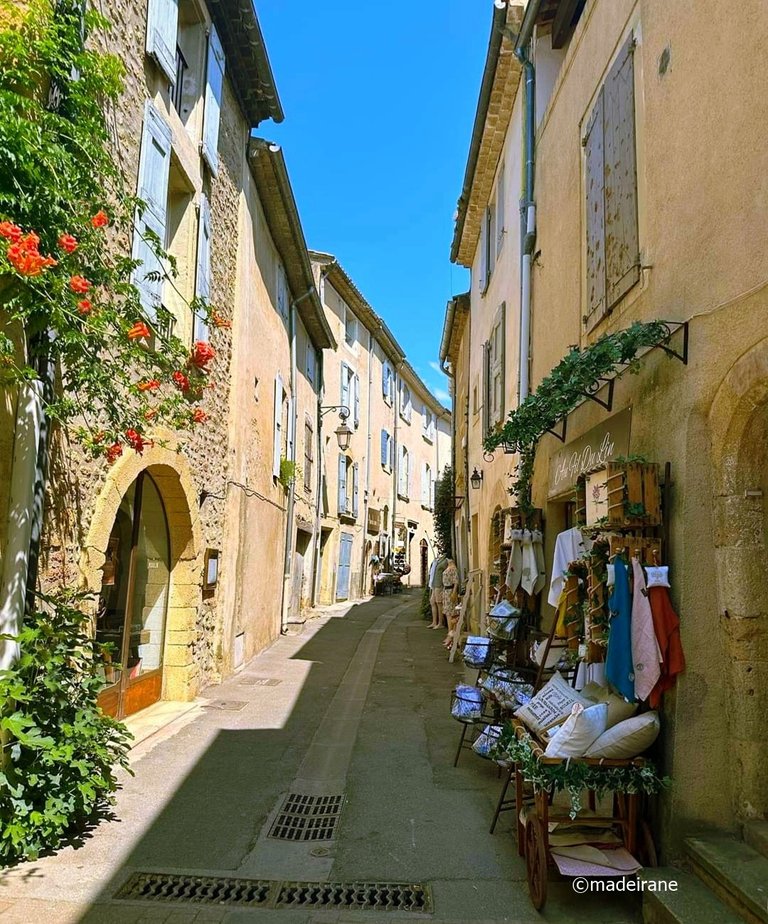
Walking through the streets of Lourmarin, it becomes absolutely clear why artists and writers have loved this city for many years and why they continue to live and create here. And even the acclaimed writer Peter Mayle moved to live in Lourmarin. Next to Mayle, in the cemetery of this city, the writers Henri Bosco and Albert Camus, who lived in this town, rest in peace.
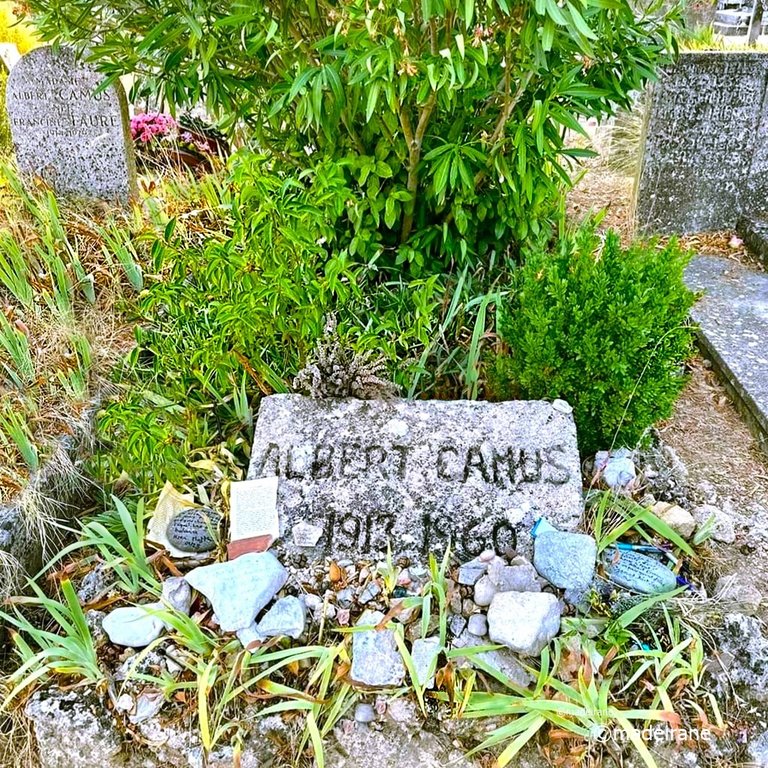
But I personally was captivated by the shops in this town, their assortment and interiors. Of course, in all the towns we come across, there were many interesting shops with souvenirs and handmade things, but here either the concentration of these shops is higher, or there are actually more of them, and they are decorated very interestingly. But there is one fact, these shops really sunk into my soul.
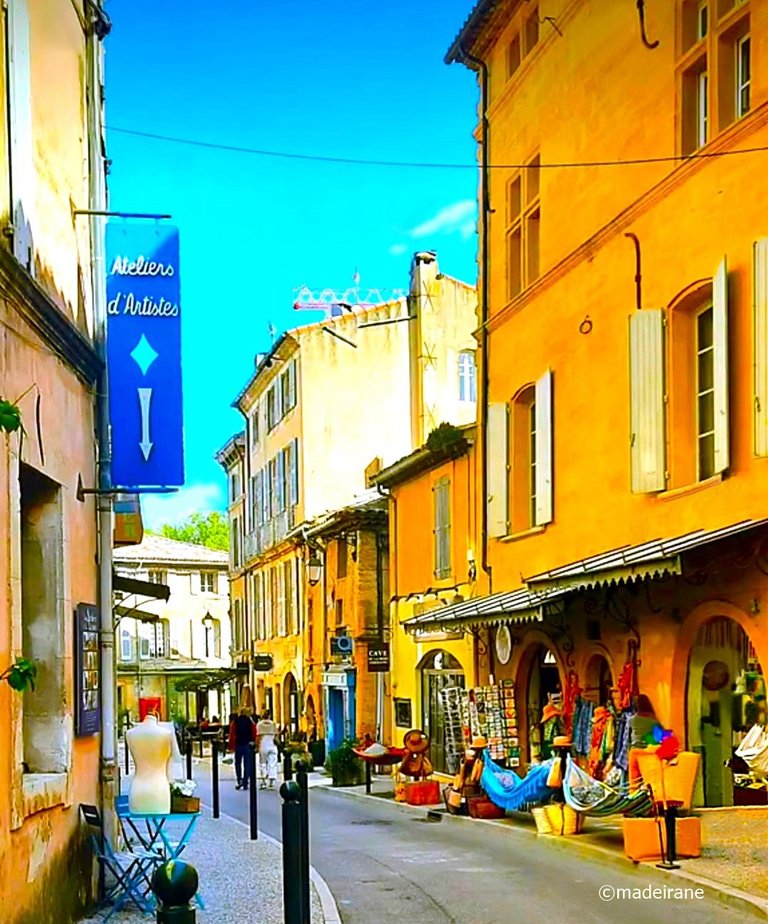
There are more than 10 restaurants and cafés in the city. By the way, the locals live on the principle of “knowing how to live”, which means that these restaurants have the most delicious food in Provence.

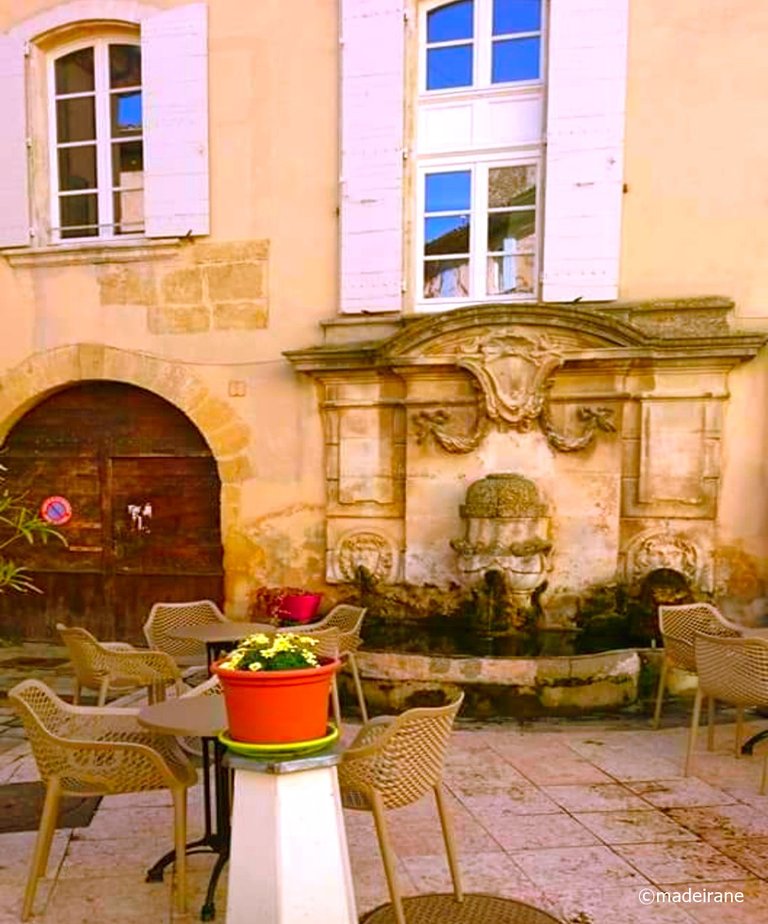
Lourmarin has a very sad history and the city on this site has arisen several times. When the ford was built, and later the castle next to it, it did not exist on this site near a small village for long. The plague struck the city twice and many residents died from it. Many fled away, left the city and their homes.
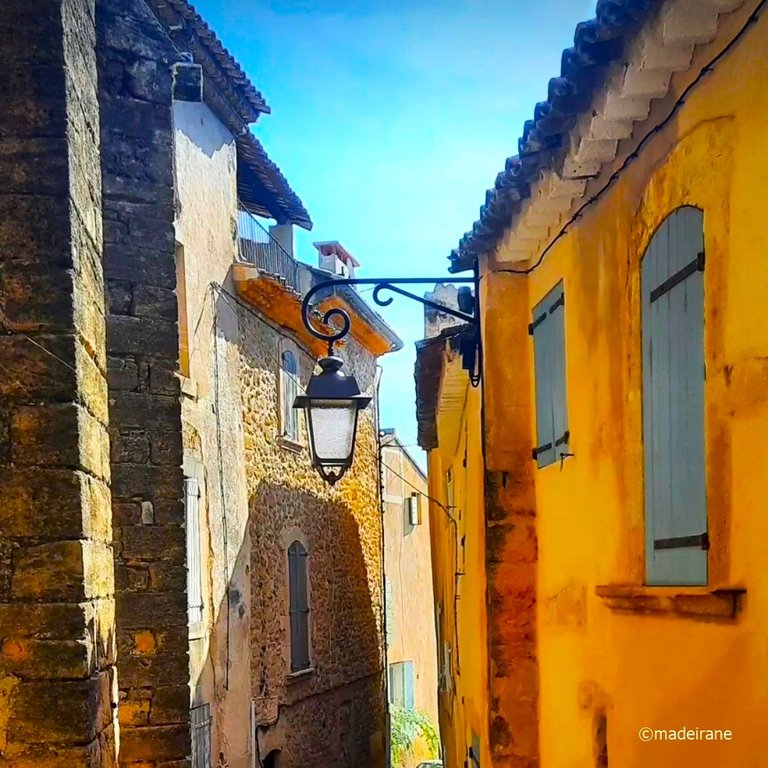
But the plague is not the worst thing that has befallen this lovely town. In the 15th century, after the first plague epidemic, Fulk III of Anjou, having fallen in love with this place, decided to restore the castle and transport his peasants here. He turned a blind eye to their different faiths; they were Protestants from Italy. The castle and the city were living life to the fullest again. Although even during his lifetime, all people considered this castle cursed, since it changed its owners like gloves and fatal accidents happened to them.
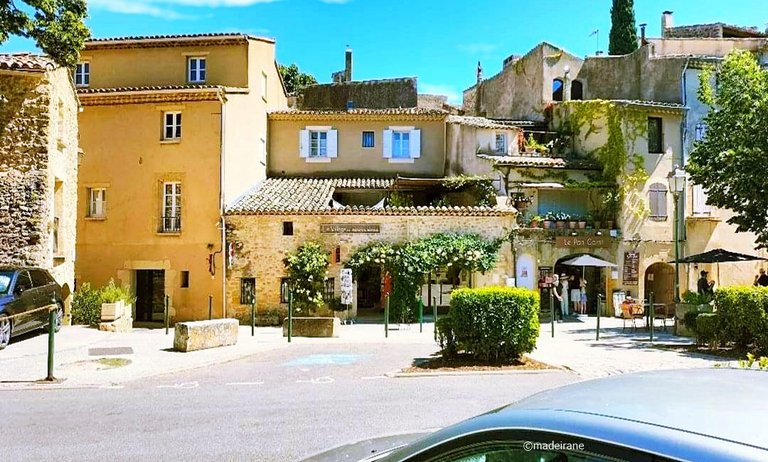
In the 16th century, by order of Aix-en-Provence to exterminate heretics, such as Protestants, the city was set on fire and people were slaughtered. The victims numbered more than 3,000 thousand people. But even this tragedy could not wipe the city off the face of the earth, just like the second wave of the epidemic, almost 100 years later.
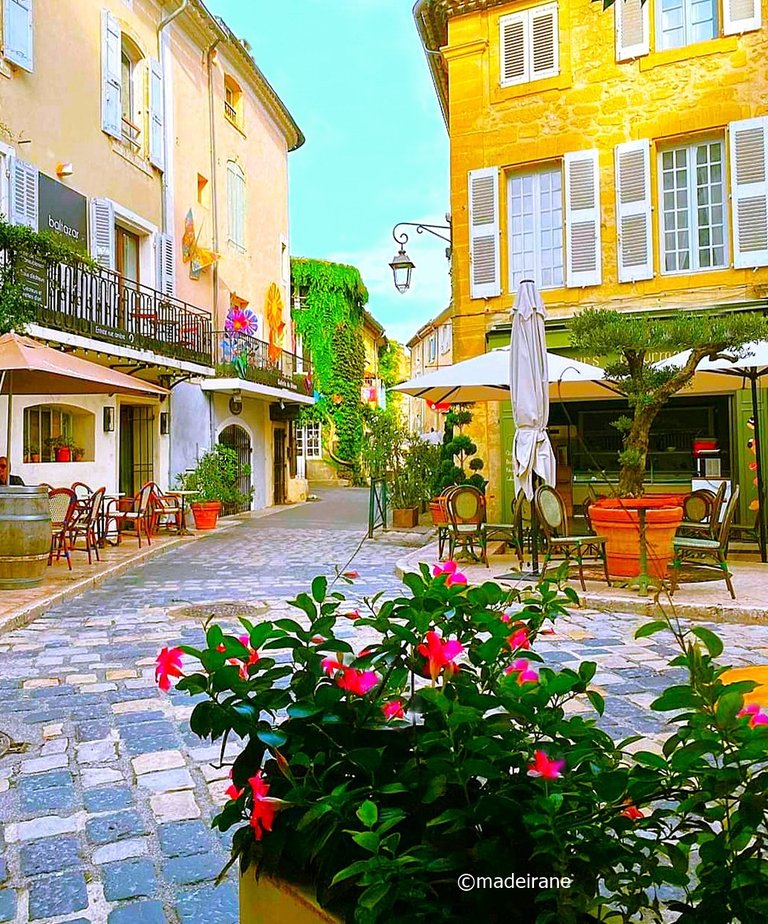
If it weren’t for the great love of different people for this place, the city and the castle would simply have been wiped off, but there has always been someone in history who decided that there should be a castle or a city and restored their “ashes”. This is how this cute, quiet town in the Luberon region has survived to this day.
Now its beauty is breathtaking, and the medieval city fits very harmoniously among lush greenery.
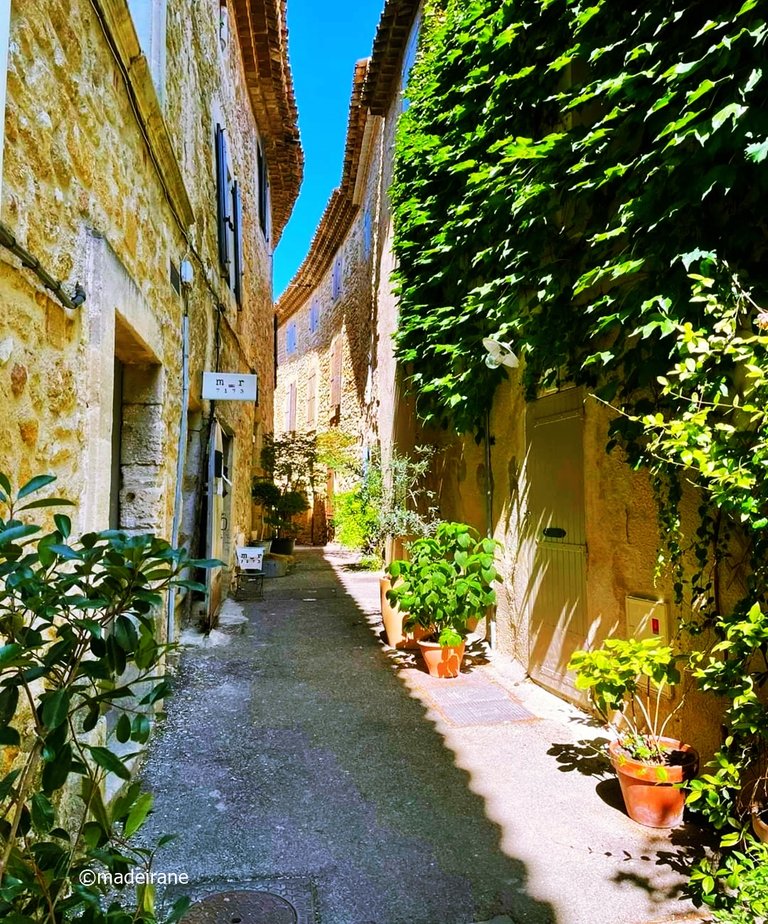
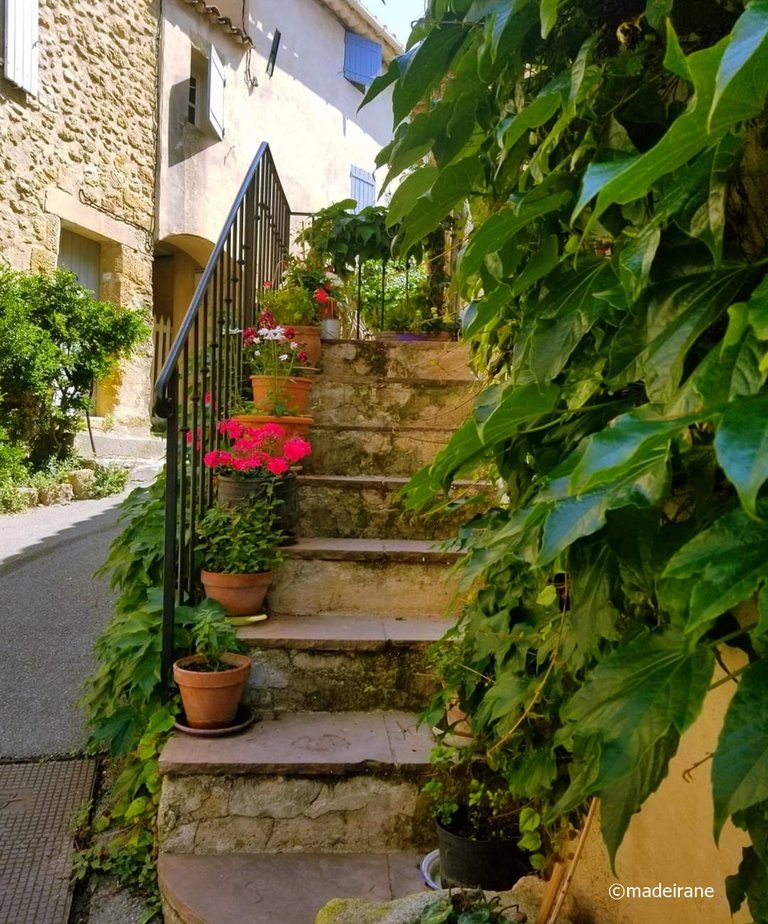
There are five fountains in the city and each of them is a historical monument.

Of course, I recommend visiting the city. It is very cute and beautiful and has sunk into our souls. You definitely will want to return to this place, and it’s completely clear why creative people are attracted here.
💝💝💝💝💝💝💝💝💝💝
With love @madeirane
Photos are taken by me.
© 2024
Translated from Lithuanian with DeepL.com (free version).
Šiandien noriu jus supažindinti su dar vienu mielu miesteliu, esančiu Prancūzijos pietuose, Provanso regiono Voklizo departamente, vadinamu Lourmarin, taip pat parodysiu to paties pavadinimo pilį, kurią aplankėme. Jau daug rašiau apie nuostabius Provanso miestus ir rodžiau nuotraukas, bet Lourmarin palikau desertui, nes jis man labai patiko.
Apskritai, dabar apibendrindamas kelionės rezultatus, negaliu pasakyti, kad man ten kas nors nepatiko. Visi maži miesteliai ir kaimai mane sužavėjo, jie užėmė vietą mano širdyje. Ir jei turėsiu galimybę, būtinai dar kartą čia sugrįšiu ir aplankysiu vietas, kuriose dar nebuvau, bei aplankysiu vietas, kuriose jau buvau.
Mažas Lourmarin miestelis oficialiai priklauso "gražiausių Prancūzijos kaimų" asociacijai. Jau vien dėl to verta aplankyti šį miestą.
Be to, čia yra gerai išlikusi pilis, nors dabar ji šiek tiek pakeista, bet išlikusi iki šių dienų. Taigi galite aplankyti ne tik miestą, bet ir Lourmarin pilį. Mes ją aplankėme, nes turime didelę silpnybę pilims. Juokinga, bet Lourmarin pilis jau daugelį metų laikoma prakeikta. Vietiniams gyventojams ji nelabai patiko.
Taip atrodo nedidelis gražus Provanso miestelis Lourmarin. Šio miesto, kaip ir visų tipiškų šio regiono miestų, istorija visada ta pati. Miestas iškilo dėl pilies-tvirtovės. Kadangi pilies šeimininkams reikėjo tarnų ir darbuotojų, kad galėtų gyventi su visais patogumais. Ir kuo labiau pilies savininkas klestėjo, o pilis turėjo tam tikrą reikšmę jo gyvenime, tuo didesnis kaimas-miestas buvo jos sienose ir aplink jas. O kaip žinote, viduramžiais turtingos šeimos turėjo įvairių valdų ir jų meilė tam tikroms pilims lėmė, kad savininkai jose praleisdavo daugiau laiko. Todėl netoliese esantis miestas augo ir klestėjo. Tačiau kai tik pilis sunykdavo, miestas nykdavo ir kartais būdavo nušluojamas nuo žemės paviršiaus.
Kuo šis miestas ryškiai skiriasi nuo kitų regiono miestų? Tuo, kad jis įsikūręs lygumoje kalno papėdėje, o ne ant kalno, kur paprastai būdavo statomos pilys ir įrengiami kariniai įtvirtinimai. Tiksliau, sakyčiau, kad miestas įsikūręs ant nedidelės kalvos, o pilis yra netoliese, ant kitos kalvos, šiek tiek aukščiau.
Vos tik įvažiavę į Lourmarin, iškart suprasite, kad esate tipiškame Provanso miestelyje. Kai rengėmės kelionei, man atrodė, kad veltui į privalomų aplankyti miestų sąrašą įtraukiame tiek daug vienodų vieno regiono miestelių, kad jie mums nusibos, kad pavargsime nuo jų vienodumo. Tačiau labiausiai nustebino tai, kad visi miestai nėra panašūs vienas į kitą, nors iš pirmo žvilgsnio jie išoriškai panašūs, jie visi skirtingi ir kiekvienas turi savo atmosferą, kuri įsimena ypatingu būdu.
Tačiau prieš apžiūrėdami miestą nusprendėme pirmiausia aplankyti Lourmarin pilį, o paskui likusį laiką skirti miestui. Štai kaip pilis atrodo šiandien. Ji gerai išsilaikė iki šių dienų, nors didžioji jos dalis buvo restauruota.
Žinoma, šiandien miesto gyventojai visur naudoja pilies vardą turistams privilioti, nes miestas gyvena iš turizmo. Pačiame mieste turistų yra, bet ne tiek daug, skirtingai nei kituose miestuose, kuriuose lankėmės.
Pats miestelis labai mielas, vaikščioti šiomis mažomis gatvelėmis - vienas malonumas. Beje, miestelis nėra toks jau mažas, kasmet jo gyventojų skaičius didėja, bet nesutelpa, o per pastaruosius 500 metų jis išaugo beveik dvigubai. Dabar čia gyvena daugiau nei 1000 žmonių.
Vaikščiojant Lourmarin gatvėmis tampa visiškai aišku, kodėl menininkai ir rašytojai jau daugelį metų myli šį miestą ir kodėl jie čia toliau gyvena ir kuria. Į Lourmarino persikėlė gyventi net garsus rašytojas Peteris Mayle'as. Šalia P. Mayle'o šio miesto kapinėse ramybėje ilsisi šiame mieste gyvenę rašytojai Henri Bosko ir Albertas Kamiu.
Tačiau mane asmeniškai sužavėjo šio miestelio parduotuvės, jų asortimentas ir interjeras. Žinoma, visuose mūsų sutiktuose miestuose buvo daug įdomių suvenyrų ir rankdarbių parduotuvėlių, tačiau čia arba šių parduotuvių koncentracija didesnė, arba jų iš tikrųjų daugiau, ir jos labai įdomiai įrengtos. Bet yra vienas faktas, šios parduotuvės tikrai įsirėžė man į sielą.
Mieste yra daugiau nei 10 restoranų ir kavinių. Beje, vietiniai gyventojai gyvena principu "moka gyventi", o tai reiškia, kad šiuose restoranuose patiekiamas pats skaniausias maistas Provanse.
Lourmarin turi labai liūdną istoriją, o miestas šioje vietoje iškilo kelis kartus. Kai buvo pastatytas fortas, o vėliau ir šalia jo esanti pilis, šioje vietoje šalia mažo kaimelio jis ilgai neegzistavo. Miestą du kartus užklupo maras, nuo kurio mirė daug gyventojų. Daugelis pabėgo, paliko miestą ir savo namus.
Tačiau maras nėra blogiausia, kas ištiko šį gražų miestelį. XV a., po pirmosios maro epidemijos, Fulk III Anžu įsimylėjęs šią vietą, nusprendė atkurti pilį ir čia perkelti savo valstiečius. Jis užmerkė akis į jų skirtingą tikėjimą - jie buvo protestantai iš Italijos. Pilis ir miestas vėl gyveno pilnavertį gyvenimą. Nors dar jam gyvam esant visi žmonės šią pilį laikė prakeikta, nes joje kaip pirštinės keitėsi šeimininkai ir jiems atsitikdavo mirtinų nelaimių.
XVI amžiuje, siekiant išnaikinti eretikus, pavyzdžiui, protestantus, Aix-en-Provence'o įsakymu, miestas buvo padegtas, o žmonės išžudyti. Aukų skaičius viršijo 3 000 tūkst. žmonių. Tačiau net ir ši tragedija negalėjo nušluoti miesto nuo žemės paviršiaus, kaip ir antroji epidemijos banga po beveik 100 metų.
Jei ne didžiulė įvairių žmonių meilė šiai vietai, miestas ir pilis būtų buvę tiesiog nušluoti nuo žemės paviršiaus, tačiau istorijoje visada atsirasdavo kas nors, kas nuspręsdavo, kad pilis ar miestas turi išlikti, ir atkurdavo jų "pelenus". Taip šis mielas, ramus miestelis Luberono regione išliko iki šių dienų.
Dabar jo grožis gniaužia kvapą, o viduramžių miestas labai harmoningai įsilieja tarp vešlios žalumos.
Mieste yra penki fontanai ir kiekvienas iš jų yra istorinis paminklas.
Žinoma, rekomenduoju aplankyti miestą. Jis labai mielas ir gražus, įsirėžęs į mūsų sielas. Į šią vietą tikrai norėsis sugrįžti, ir visiškai aišku, kodėl čia traukia kūrybingi žmonės.
I was in Provence when I was teen I remember it in a such a sunny and colourful region but I didn't visited the village you told to us, looks really like s typical village of province with all the streets full of lovely shops, a calm atmosphere and a lot of bars and restaurants, thank you also fir the historical explanations i love know the history of thr places.